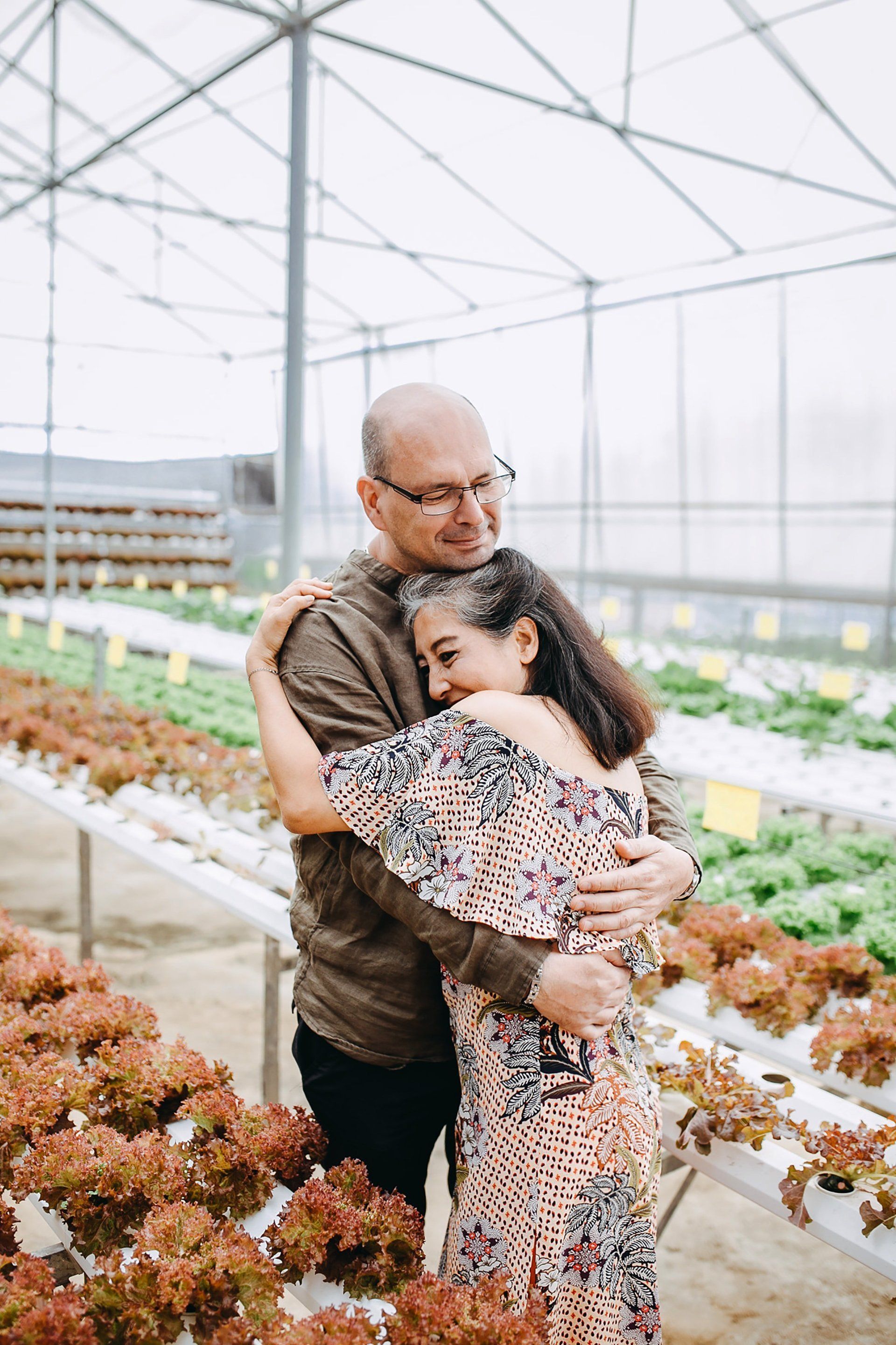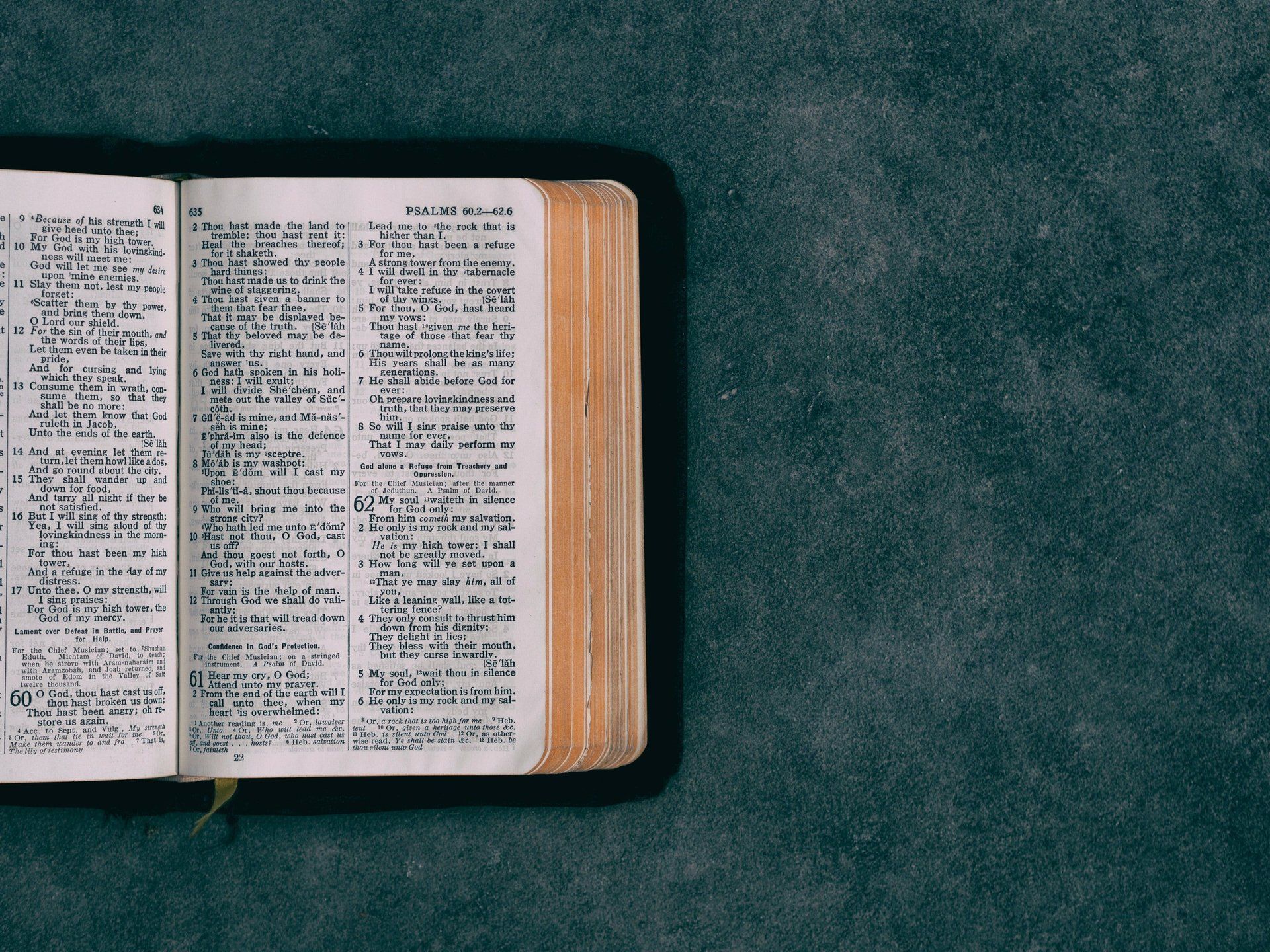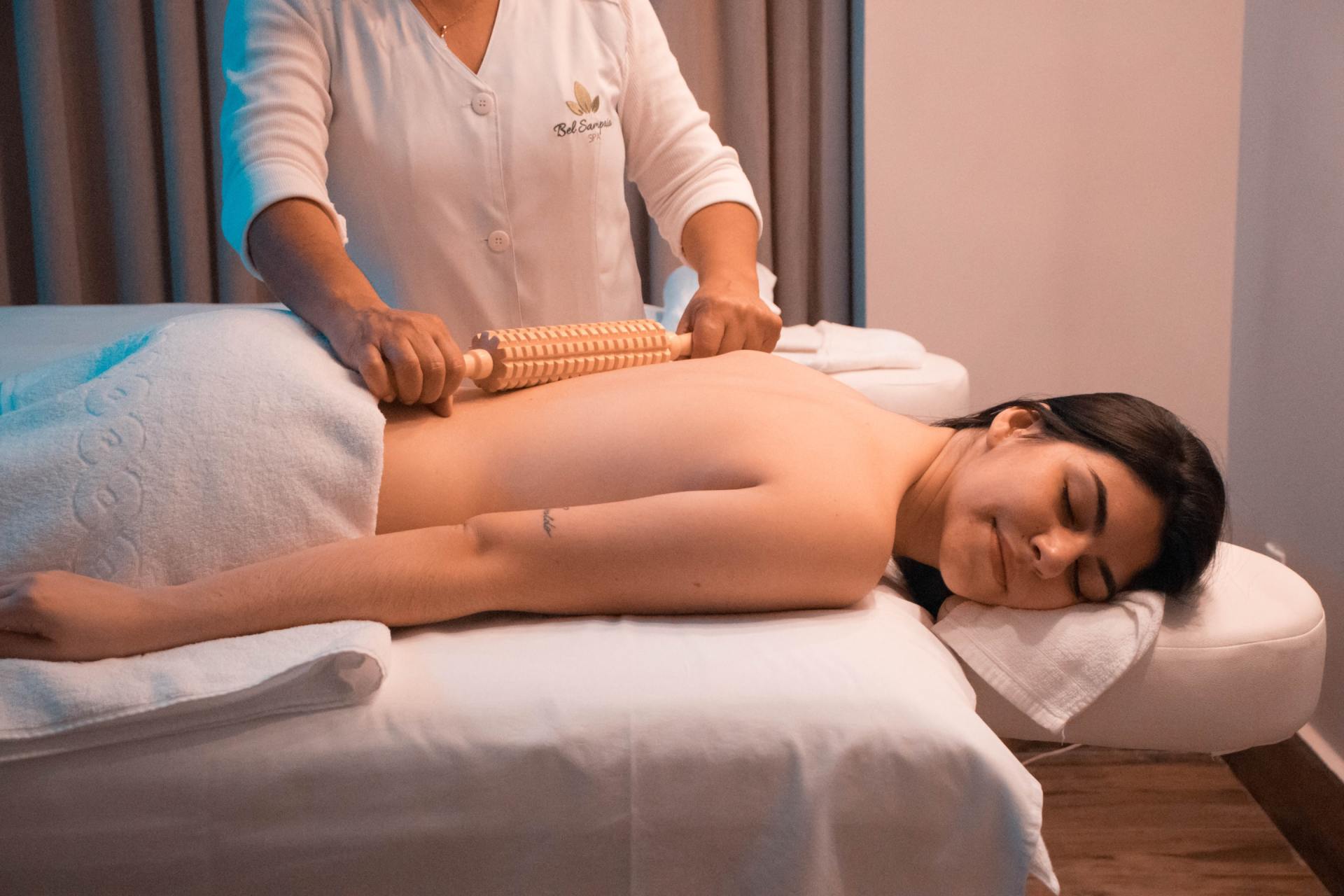I bake the meringue for longer and at a lower temperature than most recipes because I found it makes the meringue more stable and makes it come out whiter. Higher temperatures can cause the pav to rise too fast and crack, which means it is way more prone to collapsing. I preheat the oven at a higher temperature to kick start the crisping of the shell to compensate for baking at a lower temperature.
Now, pavlova is like bread, though it's only got a few ingredients. It’s how you combine them and treat them that makes all the difference. You can mess it up if you don’t respect the process.
Did you know? The pavlova is said to be named after the famed Russian ballerina Anna Pavlova, who toured Australia and New Zealand in 1926. We Aussies and Kiwis have been fighting over who invented this dessert ever since. As the New Zealand story goes, the chef of some Wellington hotel at the time created the billowy dessert in her honour, in a flash of inspiration, from the design of her tutu. The Aussie version claims chef Herbert “Bert” Sachse created the pavlova at Perth's Esplanade Hotel in 1935, and it was named by the house manager, Harry Nairn, who remarked it was “as light as Pavlova”. I’ll let you, dear reader, make up your own mind on who is the real inventor.
Chef Dylan Tips:
- Measure the egg whites in a jug as 4 egg whites can vary in volume depending on the size of the egg.
- Older eggs make better meringue so head to the supermarket. Fat of any kind will break down the whites, so no egg yolk: not even a drop.
- Bring egg whites to room temperature; they fluff up way easier.
- Don’t make it too high, as this invites huge cracks and invites the doom of collapse.
- Use caster sugar; it's super fine, as other sugars won’t dissolve as easily.
- Store the cool pav in an airtight container until ready for serving. Do not refrigerate the pav - it will sweat when it comes to room temperature and soften the crisp meringue shell.
- Only put the topping on just before serving – once the cream and filling are on the pav; it holds up well for around 20 to 30 minutes max.
- If you have never made a pav before you should have a crack. Even if yours doesn’t work out perfectly, once you add the cream and fruit no one will know. This pav beats the super sweet, mass-produced supermarket-style hands down, and believe me when I say it is well worth the effort.
-
INGREDIENTS
150ml egg whites, which will be
- 4 to 5 fridge-cold eggs
- 1 cup caster sugar
- 1 tbsp cornflour, sifted
- 1 tsp white vinegar
CREAM
- 400ml thickened cream
- 1 tsp vanilla extract or essence
TOPPING
- Fruit of choice – raspberries, blueberries, strawberries and cherries
METHOD
1. Separate the whites and yolks (while eggs are cold) into a measuring jug (140-160ml is totally fine).
2. Let the whites come to room temperature.
3. Preheat oven to 150°C (fan-forced).
4. Add whites in a bowl and beat until soft peaks form (use a tabletop mixer or a hand beater or go old school and beat that beast.)
5. Sprinkle sugar 1tbsp at a time, beating as you go.
6. Once all the sugar is in, continue to beat for 3 minutes until thick and glossy. Rub a little between your fingers; there should be no sugar grit
7. Add cornflour and vinegar and fold through with a spatula until just mixed through.
MAKING THE PAVLOVA
1. Grab the base of a springform cake tin (24cm or larger) and turn it upside down. Dab a little meringue on the edge and place a piece of baking paper on top.
2. Gently place half the mix onto the paper. Use the cake pan as a guide to making it round Carefully scoop out the remaining mix. Now form it into a rough dome shape.
3. Flatten top. Make it 4-5cm high – not much higher. It will rise. Work quickly hereafter you stop beating, try to get it in the oven within 5 minutes max.
4. Transfer to a baking tray. CAREFULLY place in the oven, GENTLY close the door and turn oven DOWN to 100°C.
5. Bake for one and a half hours - no peeking, don’t let the kids run around the kitchen or put on the washing machine.
6. Turn oven off, leave the door closed and leave in the oven overnight to cool
7. Transfer pav to a serving platter then slides the cake pan out from underneath. Use a butter knife if required to loosen edges from paper, then slide the paper out from underneath.
8. Just before serving, top with cream and fruit of choice.
9. Serve and be an absolute star!
Cream
- Place cream and vanilla in a bowl. Beat cream until it is thickened and just holds its shape – don't overbeat; it should be silky smooth soft peaks, and not stiff like butter
MORE SCENIC NEWS
-
A NEW CHAPTER FOR WOLVES BASKETBALL
Mar 28, 2024ButtonAs the sun sets on an incredible experience, it's time for me, Adam Chanter, to say farewell as the Pre...
-
GRAND OPTIONS CATER TO MOST NEEDS AND TASTES
Mar 28, 2024ButtonFor weddings, services can be held in The Old Church, which stands as a proud member of architecturally sig...
-
ANNE HOITINK – APRIL 2, 1945 – MARCH 15, 2024
Mar 28, 2024ButtonMigrated to Australia on 29 November 1952, aged 7 years. Going directly to the suburb of Reid in Canber...
-
GREAT SUCCESS FOR LITTLE ATHLETES
Mar 28, 2024ButtonRuby, Lily, Talia, Torah, Hugo, Leiawyn, Aric, Dean, Mitchell, Harvey and Noa; you all should be so proud ...
-
COMMUNITY CAMERA ALLIANCE – YOUR CHANCE TO HELP
Mar 28, 2024ButtonIt's essential for community members to remain vigilant and take steps to safeguard their properties and vehicle...
-
KERRI: AN HONOUR TO FILL THE ROLE FOR DIVISION 2
Mar 28, 2024ButtonDuring the pre-poll part of the campaign, I was very grateful for the opportunity to be able to meet an...
-
GALLERY’S $30,000 MAJOR ART AWARD RETURNS
Mar 28, 2024ButtonThe award, named after the sacred mountain which the Gallery overlooks, is open to artists living across the...
-
DO HOP IN FOR A NEW MONTE LUPO EXHIBITION
Mar 28, 2024ButtonMonte Lupo was established by Multicap in 1991 to provide meaningful employment to people living with di...
-
BREACH OF CODE: RULING ON MAYOR CHRISTENSEN RAISES MORE VOTER CONCERNS ON ELECTION EVE
Mar 14, 2024ButtonAdditionally, Christensen is to bear his legal costs, with a warning that any future infractions will be classifie...
-
THE LONG ROAD SPORTS CENTRE AND REGIONAL SPORT - WHERE DO YOU STAND
Mar 14, 2024ButtonThe SRRC Sports strategy 2010-2020 is to be shortly superseded by the 2024 – 2034 SRRC Sports Strategy....
LOCAL BUSINESS
COLUMNS
-
Beauty & Wellness
ButtonWriter: Rebecca Mander - Naturally Cos
-
Community Care
ButtonWriter: Geoff Marshall
-
Embrace
ButtonWriter: Jaap Vogel
-
Food for Thought
ButtonWriter: Dylan Gittoes
-
Hooked on Books
ButtonWriter: Friends of TM Library
-
Living with Dogs
ButtonWriter: Pam Brandis (Dip. Canine Prac.)
-
Nature Notes
ButtonWriter: Nadia O’Carroll
-
Pastor Kim
ButtonWriter: Pastor Kim Dale
-
Physio Talk
ButtonWriter: Neil Bell (Tamborine Mountain Physique)
-
Police News
ButtonWriter: Sgt Mark Shields
Officer in Charge
North Tamborine Police
-
Politics
ButtonWriter: Local Councillors and Representatives
-
Relationships
ButtonWriter: Linda Gray
-
The Mtn Midwife
ButtonWriter: Bree Lowing (Registered Midwife)
-
Travelling Places
ButtonWriter: Travelling Places Tamborine Mtn
-
Wine chat
ButtonWriter: Imogen Mulcahy
-
Yoga Under the Bodhi Tree
ButtonWriter: Margot Wagner
Your Local Paper
to read, keep & share

Your Local Paper
to read, keep & share
CONTACT
PO Box 118, North Tamborine Qld 4272
Phone: 0407 671 286
Email:
news@tmnews.com.au
ads@tmnews.com.au
Design by BjornSchmal.com


















